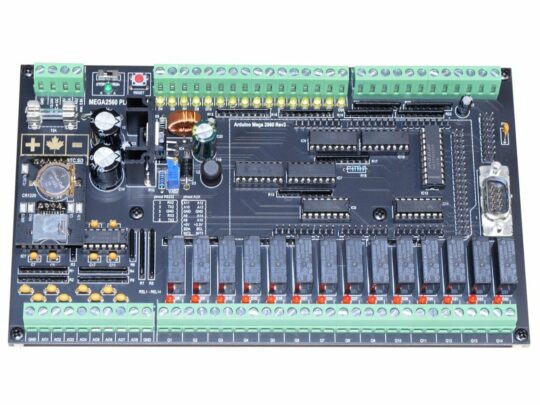
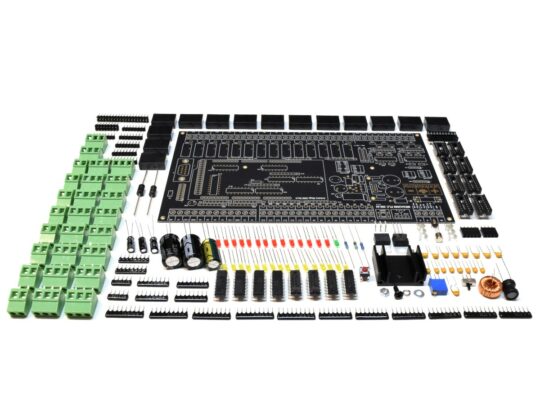
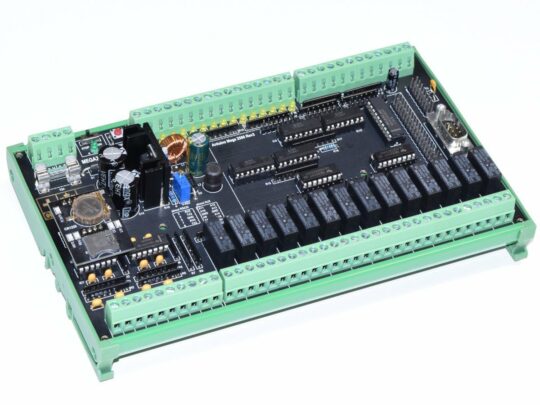
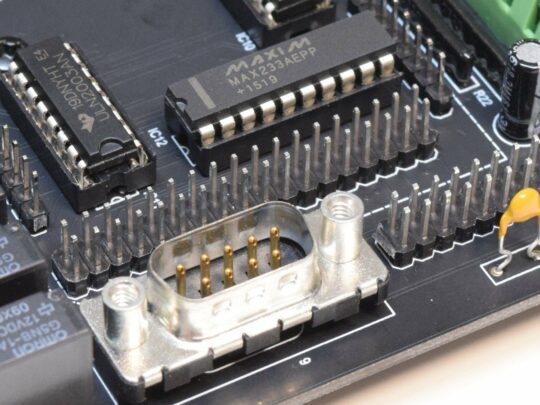
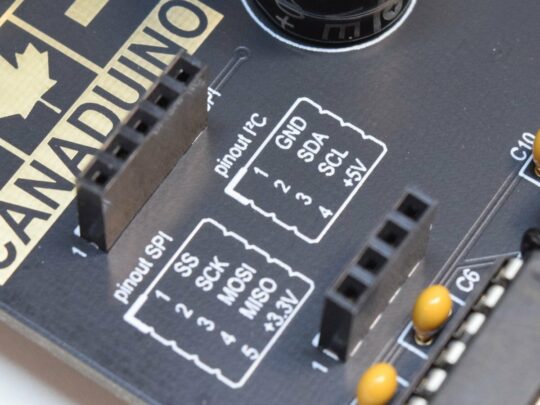
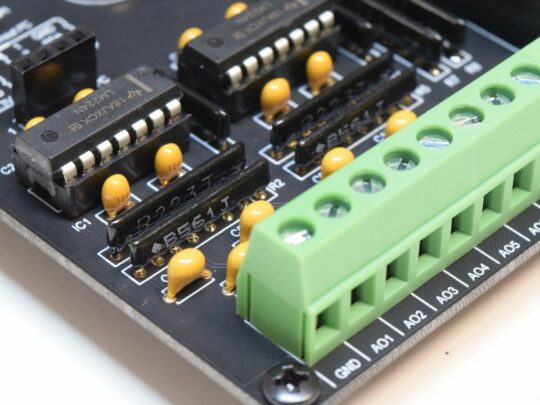
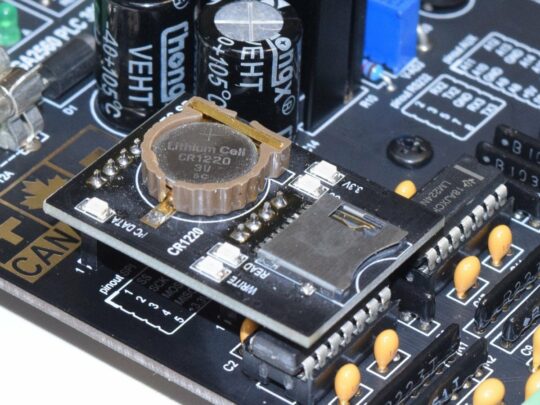
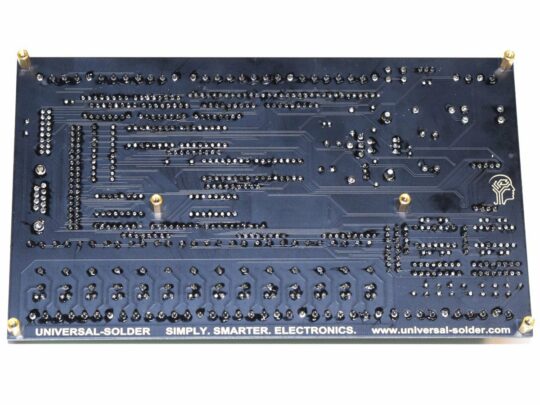
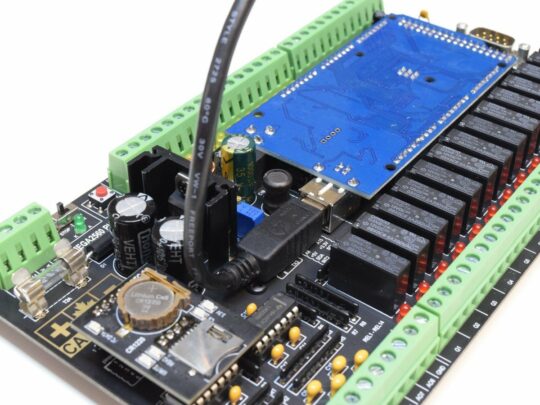
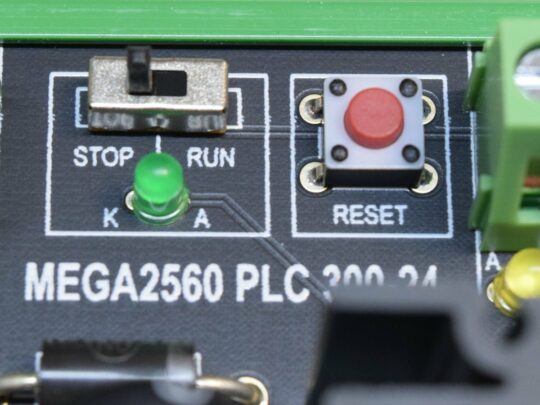
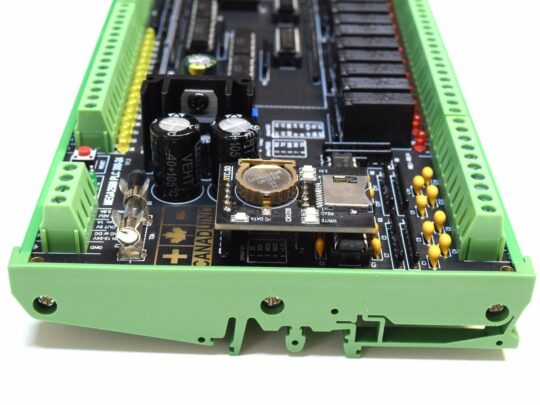
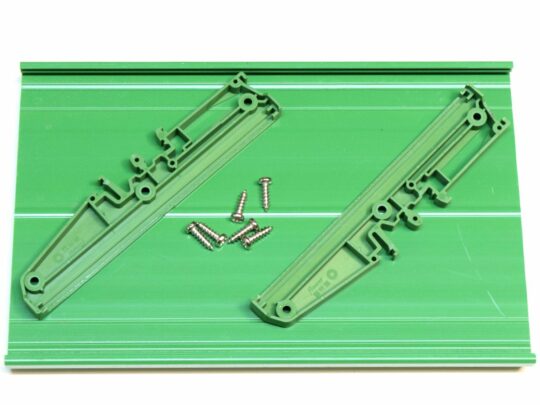


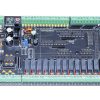
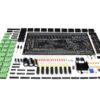
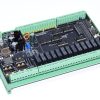
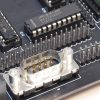
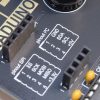
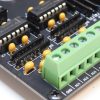
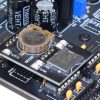
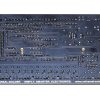

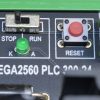
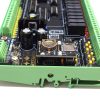
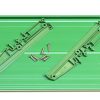
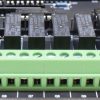
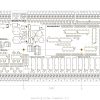
CANADUINO PLC 300-24 – Industrial DIY PLC Soldering Kit for Arduino MEGA 2560
CAD 69.90
| Need more than we have? Order now, we will ship when back in stock. Lead time about 2-3 weeks. See our backorder policy. |
| Discount Type | Quantity | Volume Price |
|---|---|---|
| Quantity | 3 - 9 | 10% CAD 62.91 |
| Quantity | 10 - 24 | 12.5% CAD 61.16 |
| Quantity | 25 + | 15% CAD 59.42 |
- Description
- Reviews (3)
Description
The CANADUINO Arduino PLC 300-24 DIY Soldering Kit is a microcontroller-based kit designed for DIY enthusiasts interested in building their own programmable logic controller.
The kit includes all the necessary components, such as printed circuit boards (PCBs), microcontroller, electronic components, connectors, and other hardware required to assemble the PLC. The kit also provides documentation and instructions to guide users through the assembly process.
Once assembled, the CANADUINO Arduino PLC 300-24 can be programmed to control various automation and control applications. It offers digital inputs and outputs, analog inputs, and communication interfaces such as I2C and UART. With its open-source nature, users have the flexibility to customize and expand the functionality of the PLC according to their specific requirements.
The DIY nature of the kit makes it suitable for individuals interested in learning about programmable logic controllers, automation, and control systems by building and programming their own devices.
This Arduino-compatible Industrial DIY PLC Kit offers a very affordable opportunity to add a programmable logic controller to many kinds of projects and machines like lighting, HVAC, greenhouses, water treatment or smokehouses. It can help you control your Halloween decoration or your manufacturing equipment.
CANADUINO MEGA2560 300-24 PLC uses an Arduino MEGA2560 or compatible module as the main processor and can be programmed using Arduino IDE. We highly recommend Mitovs Visuino visual programming tool.
CANADUINO MEGA2560 300-24 PLC fits a very small budget but delivers power and versatility equal to 10x more expensive professional process control devices.
Arduino Industrial DIY PLC 300-24 basic features:
– 8 analog 0-10V inputs (10-bit res.)
– 8 analog inputs or GPIO (TTL level)
– 8 analog 0-10V outputs (8-bit res.)
– 2 interrupt inputs
– 16 digital 3.3-24V inputs
– 14 digital 250V/5A relay outputs
– 1 x I2C Bus, 1 x SPI, 2 x RS232 *
– Operating voltage 12-24V DC
Available options are a DIN rail mounting tray kit and a Real-Time-Clock and SD-Card module.
Arduino MEGA2560 is not included but compatible modules are available here in the store.
MAXIM MAX233CPP is not included (required for 2 x RS232 port if needed)
MEGA2560 300-24 PLC is a Do-It-Yourself kit comprising only through-hole parts with a pin pitch of typically 2.5mm or more and is easy to build using basic electronic tools.
There are 16 opto-isolated digital inputs, typically recognizing any voltage 3.3V to 24V DC as HIGH level, due to the included optocouplers with a CTR of about 100-200.
The 14 digital outputs are fast-acting relays OMRON G5NB-1A-E with about 10ms operation and release time and high-capacity contacts. The maximum load can be 5A @ 250VAC or 30VDC.
Analog inputs and outputs on screw terminals are designed for 0-10V operation, typically used for light dimmers or motor drivers, for example.
Several 10V output terminals are available to deliver 10V levels for example to a potentiometer, to generate the analog input signal. The 10V level is adjustable in a range of about 9-11V and is also used to drive the output relays. The 10V supply outputs in the analog input section are over-current protected (trip point 200mA) by a self-resetting fuse.
I2C bus and SPI are exposed for an easy connection to auxiliary devices, for example, the optionally available RTC and micro-SD module. There are no pull-up resistors for the I2C bus on board; please make sure your external device has these resistors assembled. I2C and SPI data lines are direct connections to the MEGA2560 and do not have additional protection.
A D-Sub-9 PCB connector and the DIP-20 socket for 2 RS232 serial ports are included, but not the MAX233CPP serial port chip. The MAX233CPP is available from renowned parts distributors. With the RS232 option, the PLC is easily connected to machines, frequency motor drives, computers or HMI devices. Both ports are available on the same 9-pin male D-Sub port. Port COM2 is available on pins 2 and 3, while COM3 is available on pins 7 and 8. The 1st serial port is used for programming and monitoring (RX/TX through USB).
Substitute parts:
If we can’t source the value of the part as shown in the schematics, we will ship the kit with a substitute part close enough to guarantee proper function. Please always install the exact matching parts first, and install the substitutes at last. This way, you will not mistakenly install the wrong parts.
We also offer a smaller Arduino-compatible PLC DIY kit MEGA328 PLC 100, including an Arduino NANO compatible controller board. The smaller version is suitable for beginners.
A DIN rail mount (tray) with outer dimensions of 212 x 128mm is available as an option and snaps on standard 35mm DIN rails.
Ordering options:
DIN rail kit: EAN 4260474033997
RTC.SD module (currently unavailable): EAN 4260474034413
Download Overview and Assembling Instructions
CANADUINO MEGA2560 DIY PLC 300-24 Schematic
CANADUINO MEGA2560 DIY PLC 300-24 Parts List
3 reviews for CANADUINO PLC 300-24 – Industrial DIY PLC Soldering Kit for Arduino MEGA 2560
Add a review
You must be logged in to post a review.
Related products
-
-
Arduino PLC, Professional Kits
CANADUINO PLC MEGA328 Electronics DIY Kit (100% compatible with Arduino)
CAD 36.904.33 out of 5

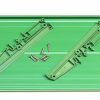
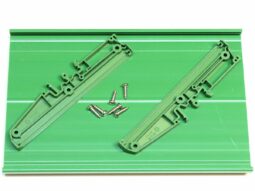
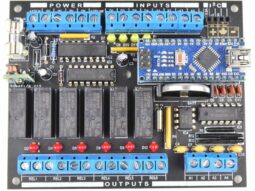
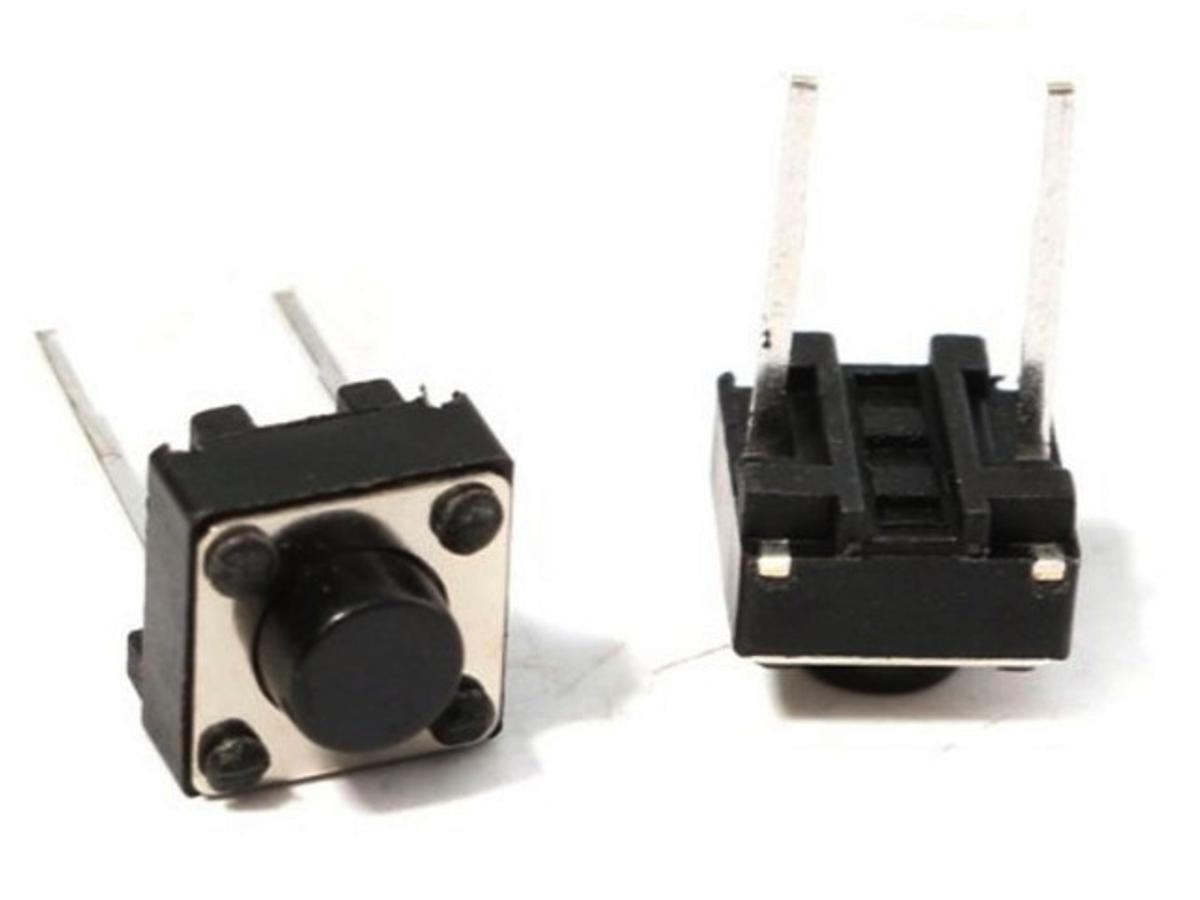
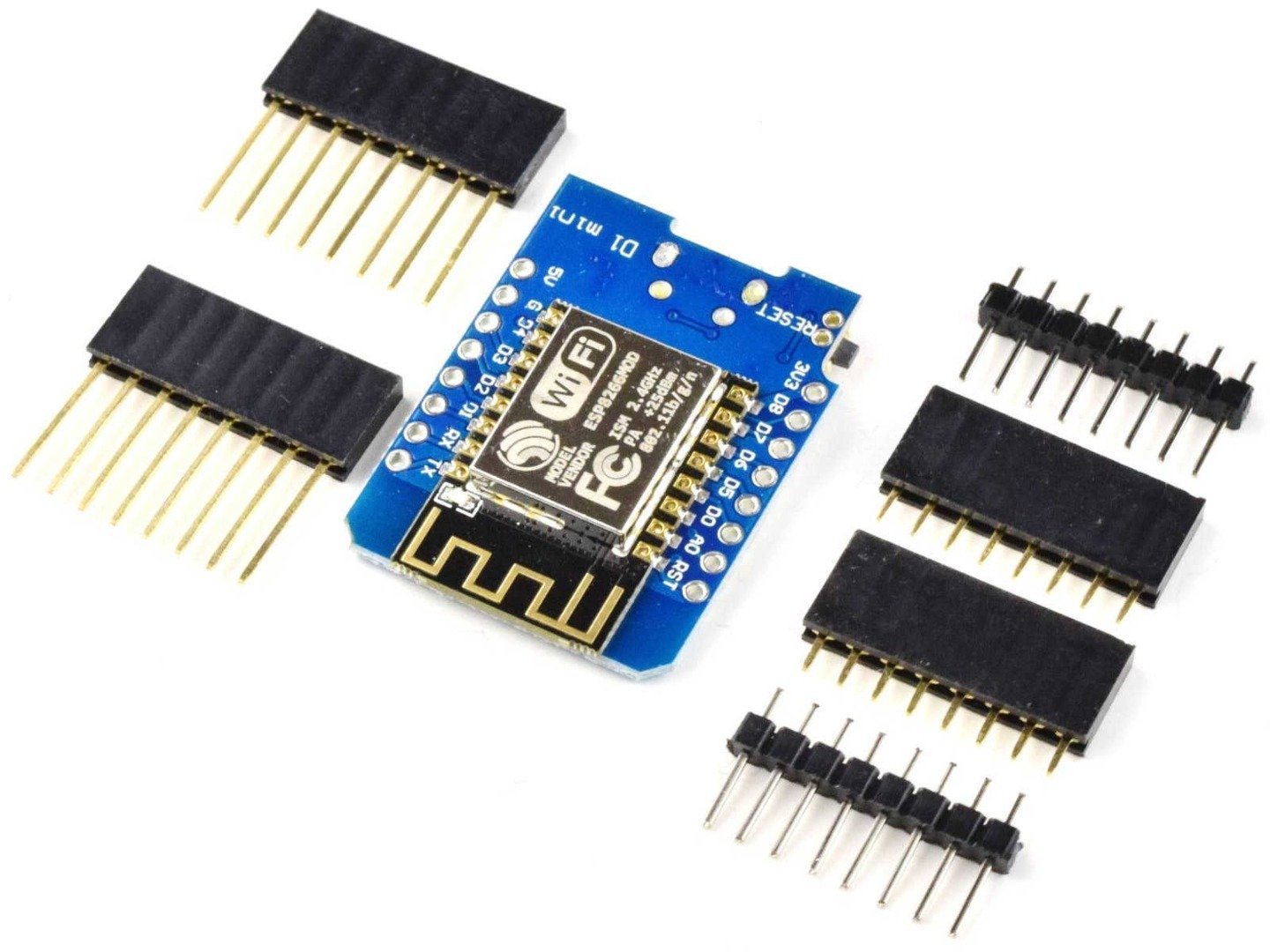
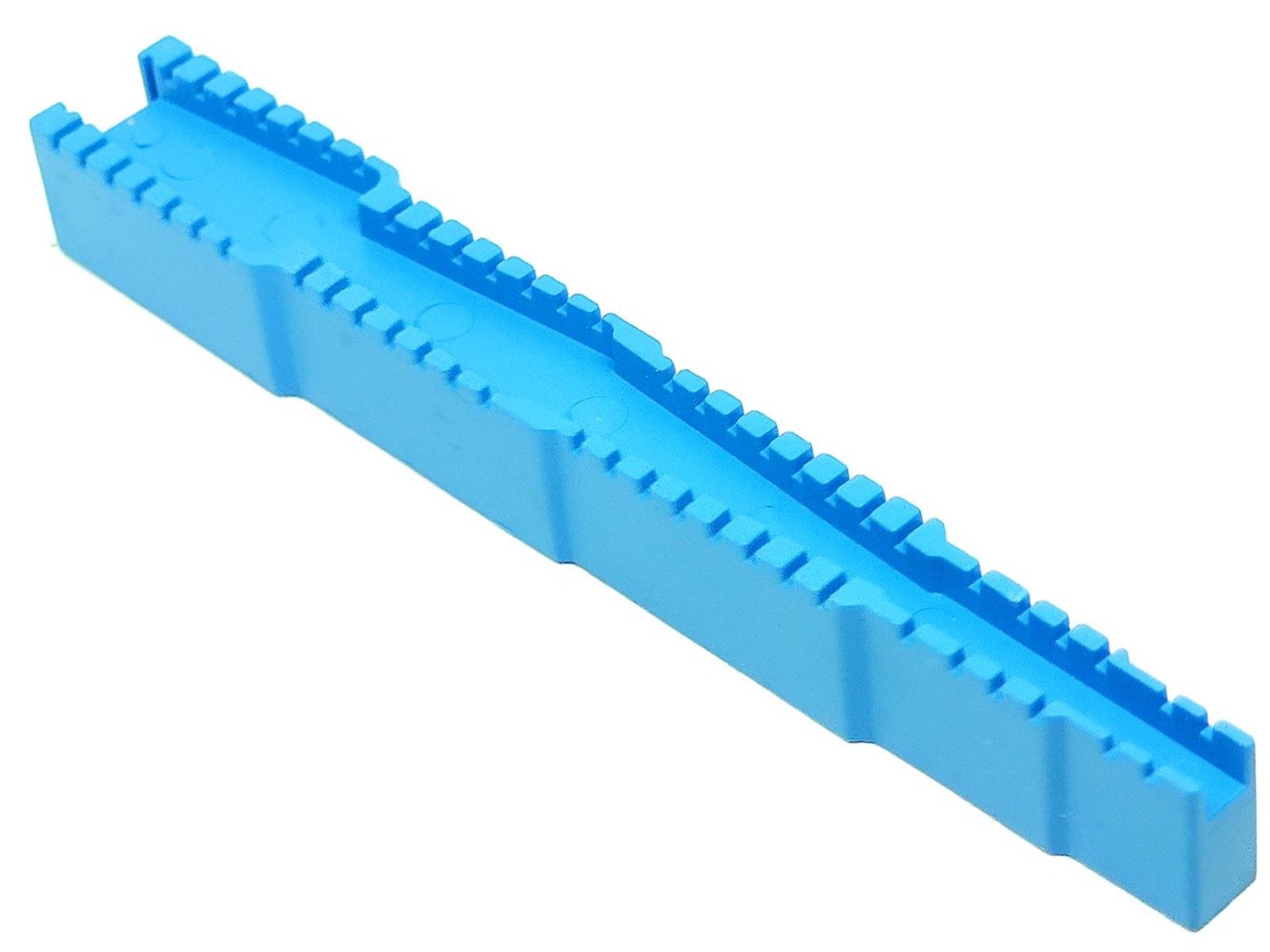



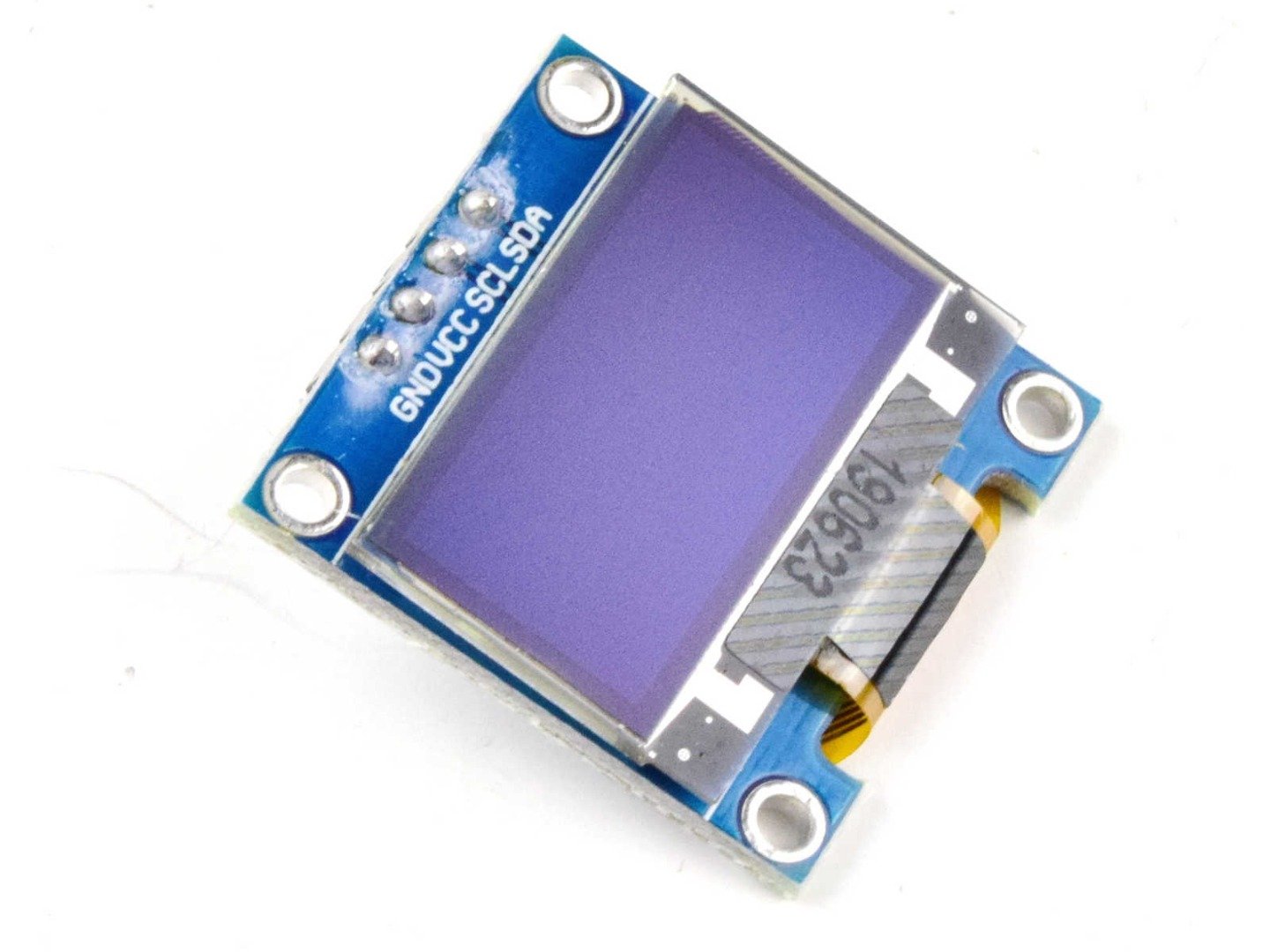
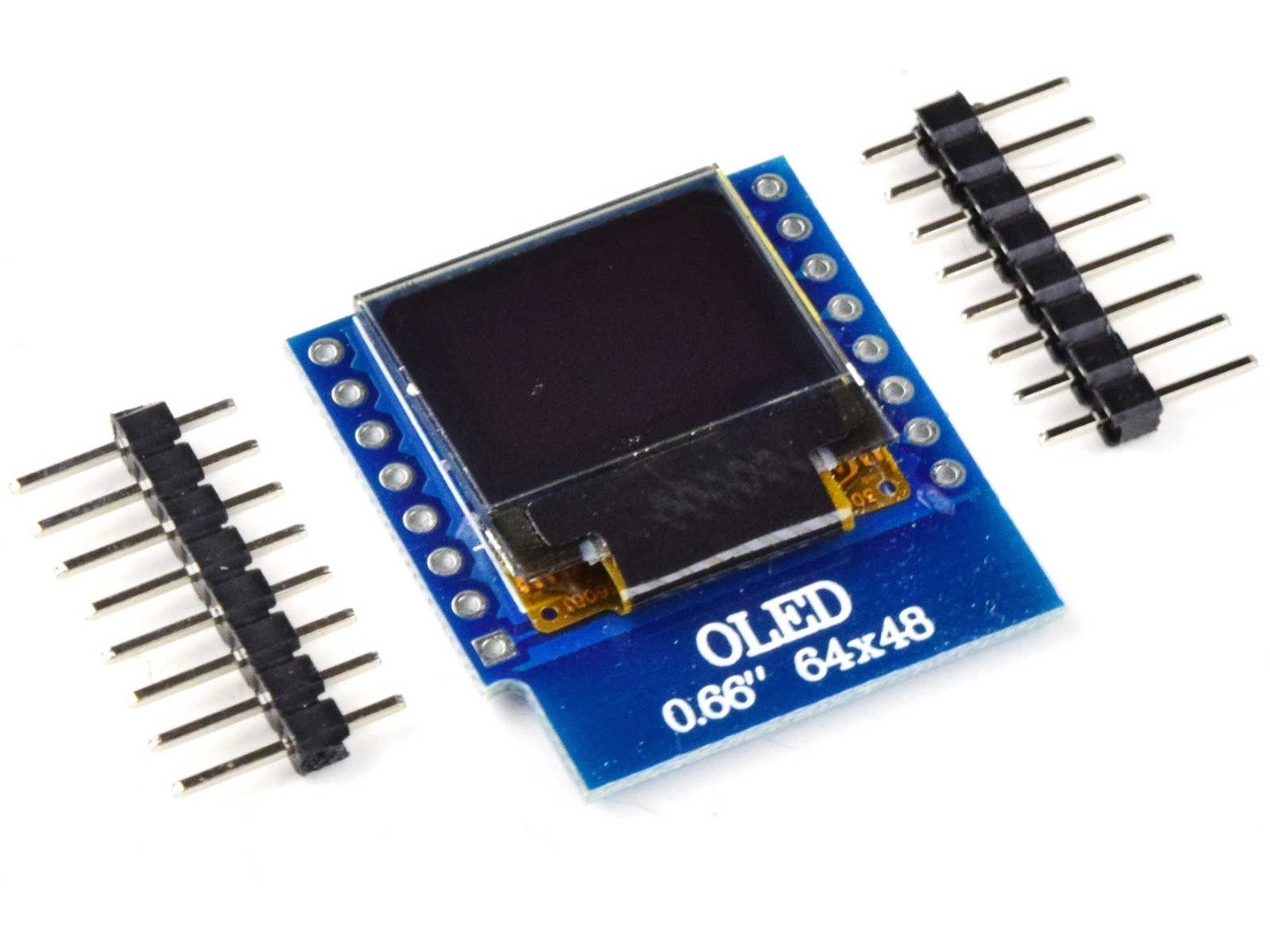
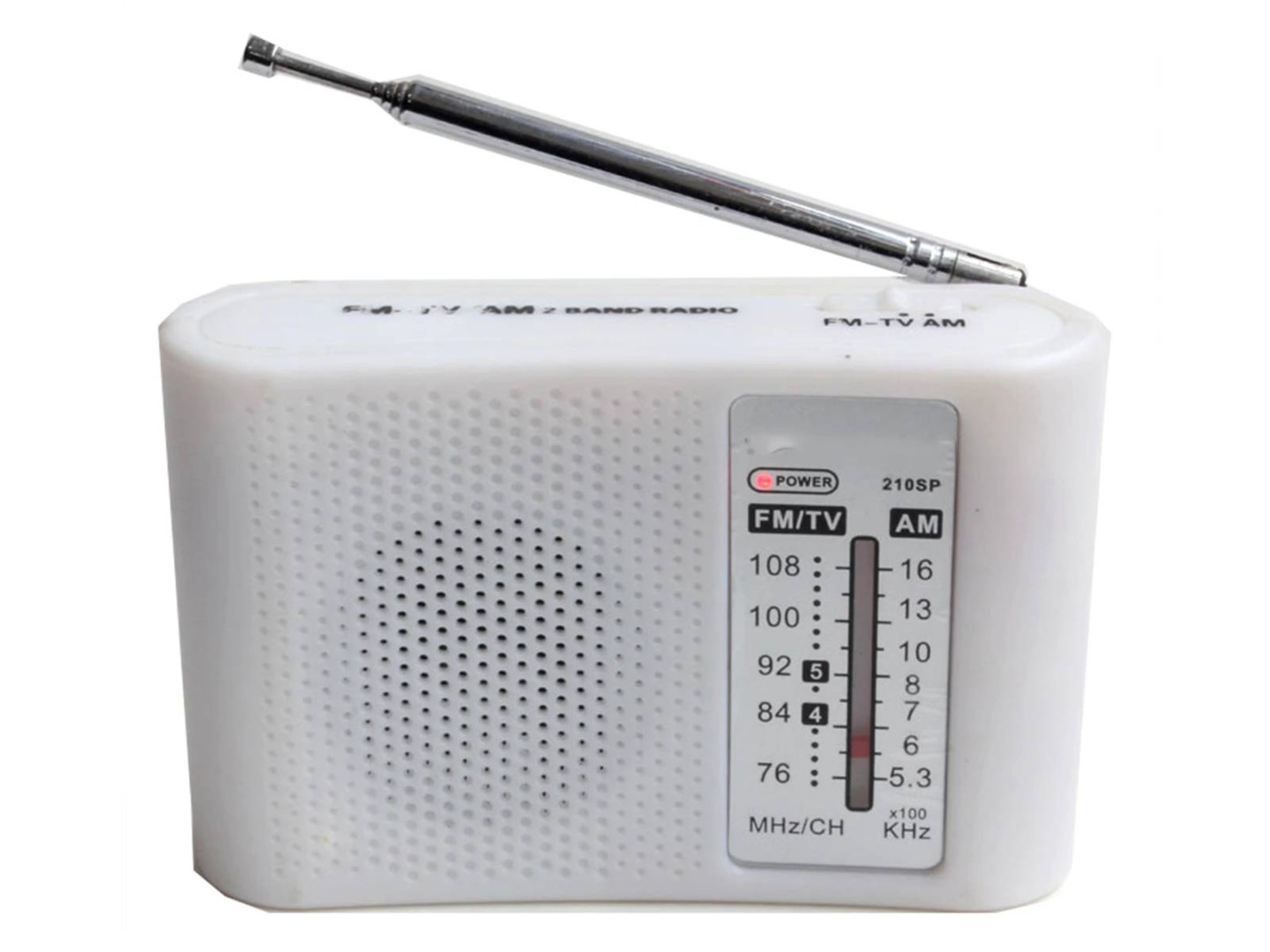
Richard Blais (verified owner) –
I really liked putting together this kit. Everything is well indicated in the assembly instructions and the electronic parts are of good quality. The printed circuit board is also verry well created.
Alejandro Patino (verified owner) –
Excellent kit, very detailed instructions, it looks very nice once assembled, I programmed it with openplc (you have to modify a file to map the inputs and outputs) and most importantly… it works!, my only ineptitude… I don’t know how to use rtc in openplc. besides that…i’m more than happy with the PLC, thanks guys, great job.
wlambert (verified owner) –
Wow, these guys never built a Heath Kit. Printing on the resistors and capacitors is microscopic and faint, or not there at all. You will need plenty of good light, a magnifying glass, and a multimeter. A little luck will be a great help. The pictures on the web site are a big help, but my parts bag has blue ceramic capacitors with no markings. The board in the picture has yellow capacitors. Don’t get me wrong, the quality of the board itself is fantastic, and when you are done and it is working, you will be glad that you built it. But it is not a kit for beginners and the instructions are sketchy at best. Only two other reviews. I’ll bet you get a lot of reviews like this and never publish them. Well, you don’t get many reviews from someone who has built a Heath Kit. Most of us are dead!!!!
volkerforster –
Do you really believe WE print on resistors and capacitors? The Heath Kit era ended 30 years ago. I remember even resistors from the 1950s, one inch long, with a value printed in clear text on them. Sorry but this is not happening anymore in 2024. If one can’t read the color code an a resistor: take your Ohmmeter.
The blue capacitors in the bag have indeed their value printed on them: 225 (=2.2µF). As a seasoned electronics enthusiast, you know that the color of a capacitor doesn’t say anything about its capacity.
And NO, we don’t get a lot of reviews that we don’t publish.
I am happy you still had fun building it.